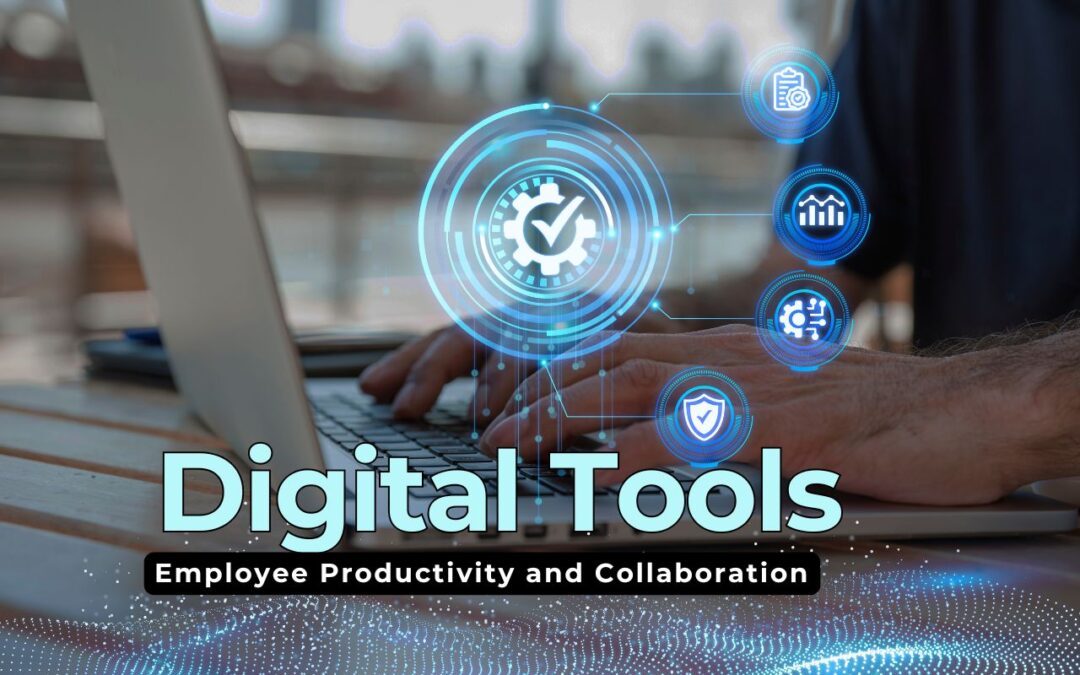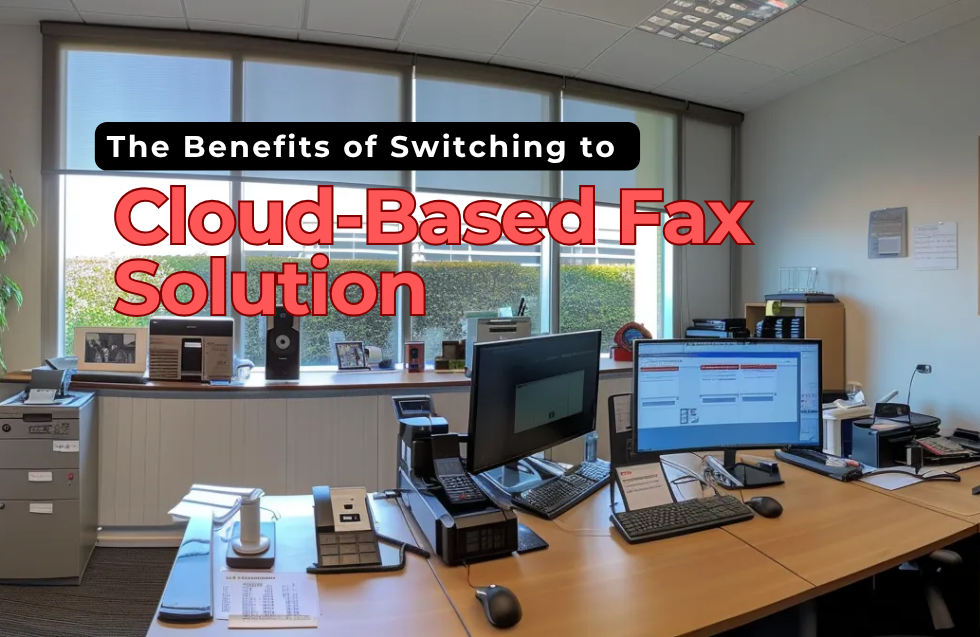In today’s fast-paced and increasingly remote or hybrid work environments, productivity and collaboration are more critical than ever. Companies are constantly seeking ways to streamline workflows, foster team communication, and enhance employee engagement. Digital tools are at the forefront of this transformation. With the right tools, organizations can boost productivity, enhance collaboration, and create a more cohesive and efficient work culture.
In this comprehensive blog, we’ll explore over 2,000 words detailing the top digital tools to enhance employee productivity and collaboration. These tools range from project management platforms and communication apps to file-sharing systems and performance tracking solutions.
1. Project Management Tools
Project management tools are essential for keeping teams organized, on track, and aligned with deadlines.
a. Trello
Trello is a flexible, user-friendly project management tool based on the Kanban methodology. It uses boards, lists, and cards to help teams visualize tasks and progress.
Key Features:
- Drag-and-drop interface
- Task assignments
- Due dates and checklists
- Power-Ups (integrations) like Slack, Google Drive
Best For: Small to medium-sized teams, creative projects, agile workflows.
b. Asana
Asana enables teams to coordinate and manage their work with projects, tasks, and timelines. It provides a broader range of features compared to Trello.
Key Features:
- Timeline view
- Workload management
- Automation rules
- Project templates
Best For: Organizations needing more detailed project planning and tracking.
c. Monday.com
Monday.com is a highly customizable work operating system that lets you build workflows, project boards, and automation tailored to your team.
Key Features:
- Workflow automation
- Time tracking
- Dashboard reporting
- Integrations with 40+ platforms
Best For: Teams of all sizes looking for visual planning and detailed tracking.
2. Communication and Messaging Tools
Effective communication is the cornerstone of collaboration, especially in distributed teams.
a. Slack
Slack is a real-time messaging platform designed for the workplace. It organizes conversations into channels and supports direct messaging.
Key Features:
- Channels for teams and projects
- Integration with over 2,000 apps
- File sharing
- Voice and video calls
Best For: Fast-paced communication across departments or remote teams.
b. Microsoft Teams
Part of the Microsoft 365 suite, Teams combines chat, video meetings, file storage, and app integration.
Key Features:
- Seamless integration with Word, Excel, and PowerPoint
- Scheduled video meetings
- Calendar and email sync with Outlook
- Security and compliance tools
Best For: Enterprises and teams using Microsoft products.
c. Zoom
Zoom became synonymous with video conferencing during the pandemic. It remains a key collaboration tool for virtual meetings.
Key Features:
- HD video and audio
- Webinar hosting
- Breakout rooms
- Whiteboard and annotation tools
Best For: Teams needing reliable video conferencing and webinars.
3. Cloud Storage and File Sharing Tools
Efficient file sharing and cloud storage are vital for collaboration, especially with remote teams.
a. Google Drive
Google Drive offers 15GB of free cloud storage and integrates with Google Workspace (Docs, Sheets, Slides).
Key Features:
- Real-time collaboration on documents
- File version history
- Offline access
- Easy sharing permissions
Best For: Teams looking for simple, intuitive file storage and collaboration.
b. Dropbox Business
Dropbox is known for its clean interface and robust syncing capabilities.
Key Features:
- Smart sync
- Team folders
- File recovery and version history
- Enterprise-grade security
Best For: Creative teams or enterprises managing large files and needing flexible storage.
c. OneDrive for Business
As part of Microsoft 365, OneDrive is integrated with all Office apps and is ideal for organizations using Windows.
Key Features:
- Integrated with Windows and Microsoft Office
- File sharing with advanced permissions
- Ransomware detection
- Real-time collaboration
Best For: Businesses already in the Microsoft ecosystem.
4. Time Tracking and Productivity Tools
Tracking time and productivity metrics helps employees stay focused and gives managers data to improve processes.
a. Toggl Track
Toggl is a simple yet powerful time tracking tool that integrates with many apps.
Key Features:
- One-click time tracking
- Visual reports and dashboards
- Team time management
- Integrations with Asana, Trello, Jira
Best For: Freelancers, agencies, and remote teams.
b. RescueTime
RescueTime tracks app usage and website activity in the background to analyze productivity patterns.
Key Features:
- Automatic time tracking
- Focus sessions
- Daily productivity scores
- Alerts and goal setting
Best For: Individuals looking to improve personal productivity.
c. Clockify
Clockify is a free time tracker and timesheet app for teams.
Key Features:
- Unlimited tracking for teams
- Projects and billable hours
- Reporting and dashboard
- Integration with project management tools
Best For: Small businesses and startups.
5. Collaboration and Whiteboarding Tools
Collaboration tools that go beyond messaging can unlock creativity and brainstorming potential.
a. Miro
Miro is an online collaborative whiteboard platform designed for ideation and brainstorming.
Key Features:
- Infinite canvas
- Pre-built templates
- Real-time collaboration
- Integration with Slack, Jira, Zoom
Best For: Workshops, agile teams, and design thinking sessions.
b. Lucidchart
Lucidchart lets teams create flowcharts, diagrams, and organizational charts collaboratively.
Key Features:
- Visual workflow design
- Real-time collaboration
- Data linking
- Integration with Google Workspace, Atlassian, and Slack
Best For: Technical teams needing visualization tools.
c. Jamboard
Google Jamboard is a digital whiteboard integrated with Google Workspace.
Key Features:
- Sticky notes, pens, images
- Live collaboration
- Cross-device support
- Works with Meet and Classroom
Best For: Educators and Google Workspace users.
6. Employee Engagement and Feedback Tools
Understanding and improving employee morale is key to sustainable productivity.
a. Officevibe
Officevibe provides tools for team surveys, feedback collection, and performance tracking.
Key Features:
- Anonymous feedback
- Pulse surveys
- Team reports
- 1-on-1 meeting templates
Best For: Managers looking to increase team engagement.
b. 15Five
15Five enables continuous performance management through check-ins, goals, and feedback.
Key Features:
- Weekly check-ins
- OKR tracking
- Peer recognition
- Manager coaching insights
Best For: HR departments and growing teams.
c. TINYpulse
TINYpulse offers pulse surveys and real-time employee feedback to improve workplace culture.
Key Features:
- Anonymous pulse surveys
- Cheers for Peers (recognition)
- Custom survey questions
- Analytics dashboard
Best For: Culture-driven companies.
7. Knowledge Sharing and Document Management Tools
Capturing institutional knowledge and enabling easy access can reduce redundancy and increase efficiency.
a. Notion
Notion combines notes, databases, tasks, and wikis in one tool.
Key Features:
- Team wiki creation
- Kanban boards and task lists
- Embedded media
- Real-time editing
Best For: Teams looking for an all-in-one knowledge management tool.
b. Confluence
Confluence by Atlassian is a documentation and collaboration tool used to share company knowledge.
Key Features:
- Page templates
- Version control
- Comments and mentions
- Tight integration with Jira
Best For: Software and technical teams.
c. Guru
Guru delivers a knowledge management system that integrates directly into workflows.
Key Features:
- Browser extension
- Verification workflows
- AI-suggested knowledge
- Slack and Microsoft Teams integration
Best For: Customer service and sales enablement.
Conclusion
In the modern work environment, digital tools are not just convenient—they’re essential. From tracking tasks to sharing files, holding virtual meetings, and gauging team sentiment, these tools collectively drive productivity, collaboration, and innovation.
Choosing the right mix depends on your team size, goals, and existing workflows. Start by identifying your team’s biggest productivity or collaboration hurdles, then select tools that directly address those needs. When implemented correctly, these digital tools platforms can save time, improve communication, and create a happier, more connected workforce.
As technology continues to evolve, staying updated with the latest digital tools will give your team a competitive edge and keep your business agile in the face of change.













